Nestled along the Pacific coast, Manta is one of Ecuador’s hidden treasures, often overshadowed by the Galápagos or Quito. But those who visit this sun-kissed city are in for a treat.
Whether you’re a foodie seeking fresh seafood delights, an adventurer chasing waves, or a culture enthusiast wanting a deep dive into Ecuador’s coastal life, Manta promises a journey worth every moment.
Disclosure: This post may contain affiliate links, which means I’ll receive a commission if you purchase through my link, at no extra cost to you. Please read full disclosure here.
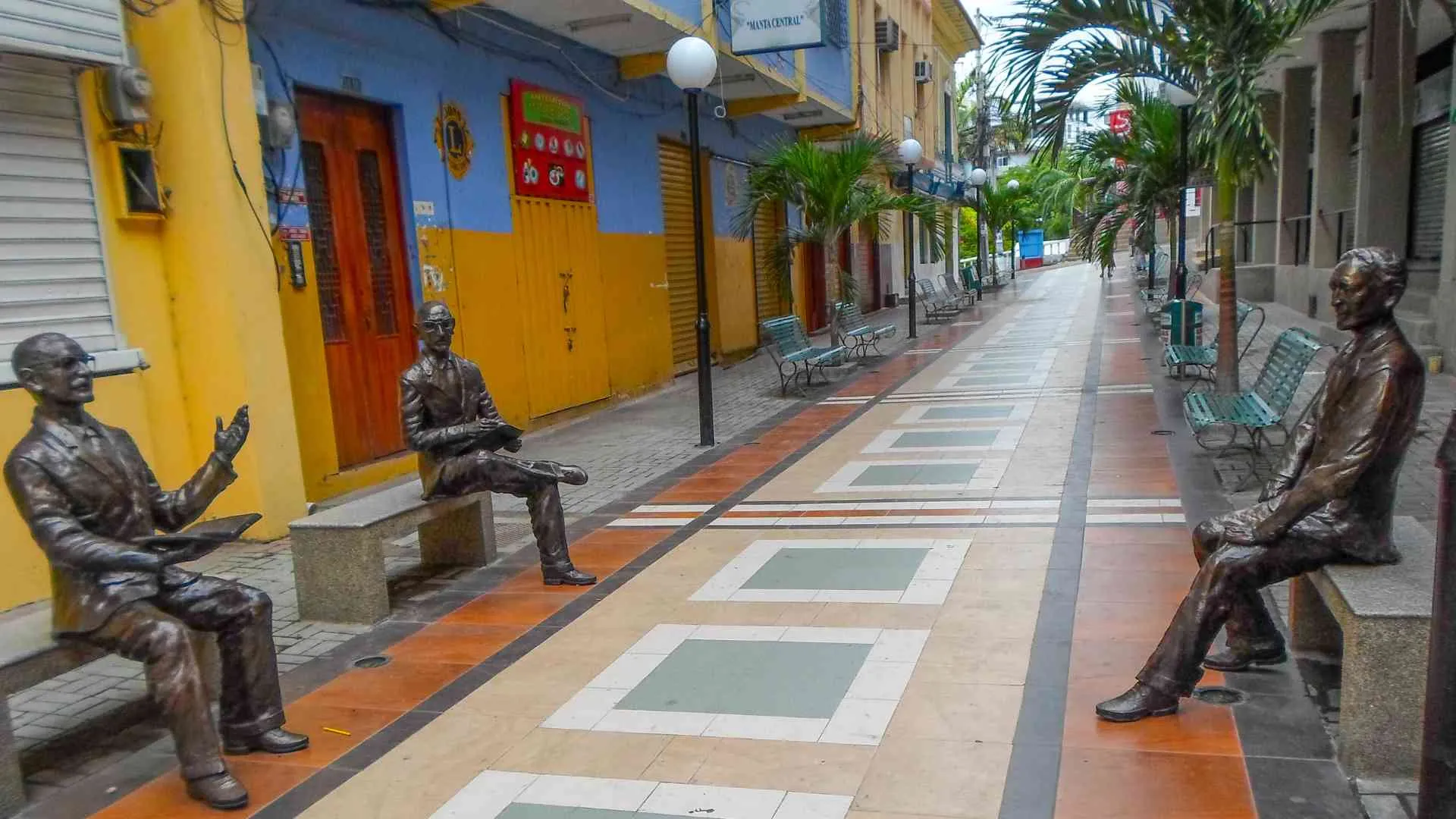
The Rich Tapestry of Manta’s History
Nestled along the Pacific Coast of Ecuador, Manta has a history that spans millennia, painting a vivid picture of ancient civilizations, colonial influences, and modern developments.
Dive into this chronicle and discover the events and cultures that have shaped Manta into the vibrant city it is today.
Ancient Beginnings
Long before the Spanish set foot on South American shores, the region around Manta was inhabited by the Manteño civilization.
Flourishing between 800 and 1534 AD, the Manteños are credited with being skilled weavers, potters, and, most notably, seafarers.
Manteño Seafaring Legacy
The Manteño people were renowned for their maritime prowess, conducting extensive trade across the Pacific coastline using their large balsa wood rafts.
They traded Spondylus shells, a symbol of wealth and status, with inland and coastal tribes. These shells, often found in archaeological excavations, testify to the intricate trade networks of the time.
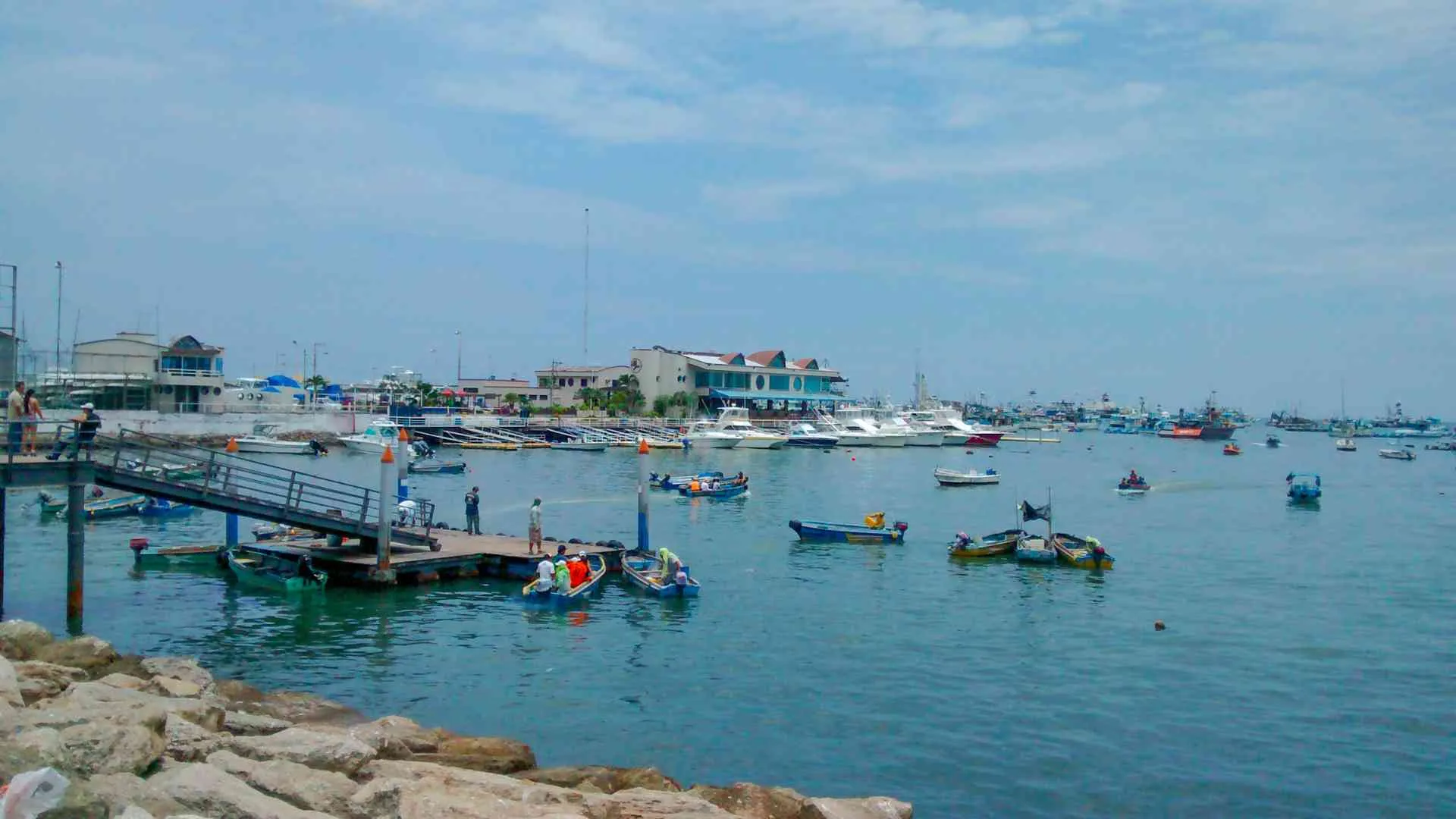
Colonial Era and Spanish Influence
The arrival of the Spanish in the early 16th century marked a significant turning point in Manta’s history.
Conquest and Colonization
Led by conquistadores, the Spanish quickly subdued the Manteño civilization and integrated Manta into the Spanish colonial empire. The city’s strategic coastal location made it an essential port for the Spanish, facilitating trade and communication with other colonies.
Cultural Fusion
The colonial period saw a melding of Spanish and indigenous cultures. This fusion is evident in Manta’s architectural, culinary, and artistic landscapes. The city’s colonial-era churches and buildings bear testimony to this unique blend.
Independence and Modern Growth
The winds of change swept through South America in the 19th century, leading to Ecuador’s independence from Spanish rule.
Manta’s Role in Independence
While Manta was not a primary battleground, its citizens played a role in the broader Ecuadorian struggle for freedom, supporting revolutionary ideals and movements.
Economic Evolution
Post-independence, Manta began to solidify its position as a significant port and economic hub.
The 20th century saw the growth of the tuna fishing industry, earning Manta the title of the “Tuna Capital of the World.” The city’s port also became central for oil exports, further boosting its economic significance.
Preserving the Past
Today, Manta gracefully balances its historical heritage with modernity. Several initiatives ensure the preservation of ancient sites, colonial architecture, and cultural practices.
The Museo del Banco Central in Manta offers insights into the city’s ancient and colonial past, displaying artifacts from the Manteño civilization and the Spanish era.
The history of Manta is a tale of resilience, adaptability, and cultural amalgamation. As you wander its streets, dine in its eateries, or interact with its locals, you’re not just experiencing a city—you’re stepping into a living narrative shaped by centuries of evolution.

Getting to Manta, Ecuador
Air Travel
Manta boasts its very own airport, Eloy Alfaro International Airport (MEC), making it convenient for travelers to reach the heart of this coastal gem. Several domestic airlines connect Manta to Quito, Guayaquil, and other key cities.
If you’re flying internationally, it might be a good idea to land in one of Ecuador’s primary airports, like Quito or Guayaquil, and then catch a short flight to Manta.
Bus Connections
For those who prefer road journeys, Manta is well-linked through Ecuador’s extensive bus network. Multiple daily services run from cities like Quito, Guayaquil, and Cuenca, offering a scenic drive through the Ecuadorian landscapes.
Bus rides also provide a cost-effective way to explore Manta, Ecuador, while soaking in some stunning vistas.
Driving to Manta
If you’re keen on taking the wheel, driving to Manta can be quite an adventure. The highways leading to this coastal city are in good condition, but it’s crucial to be aware of local driving customs.
Don’t forget to plan your route in advance and ideally set out during daylight hours.
Tips for Road Travel
- Always carry a copy of your driving license and passport.
- Stay updated about the weather, especially during the rainy season.
- Fill up the gas tank in bigger cities, as gas stations can be sporadic on some routes.
Local Transportation in Manta
Once you’ve landed in Manta, Ecuador, you’ll find a range of transportation options to explore the city and its surrounding regions.
Taxis are abundant and relatively affordable. If you’re feeling more adventurous, consider hiring a bicycle or even a scooter to get around.
Public Buses
Manta’s local bus system is efficient and covers most parts of the city. It’s also one of the cheapest ways to get around. Remember to keep some change handy, and don’t hesitate to ask locals for route recommendations; they’re often more than happy to help.
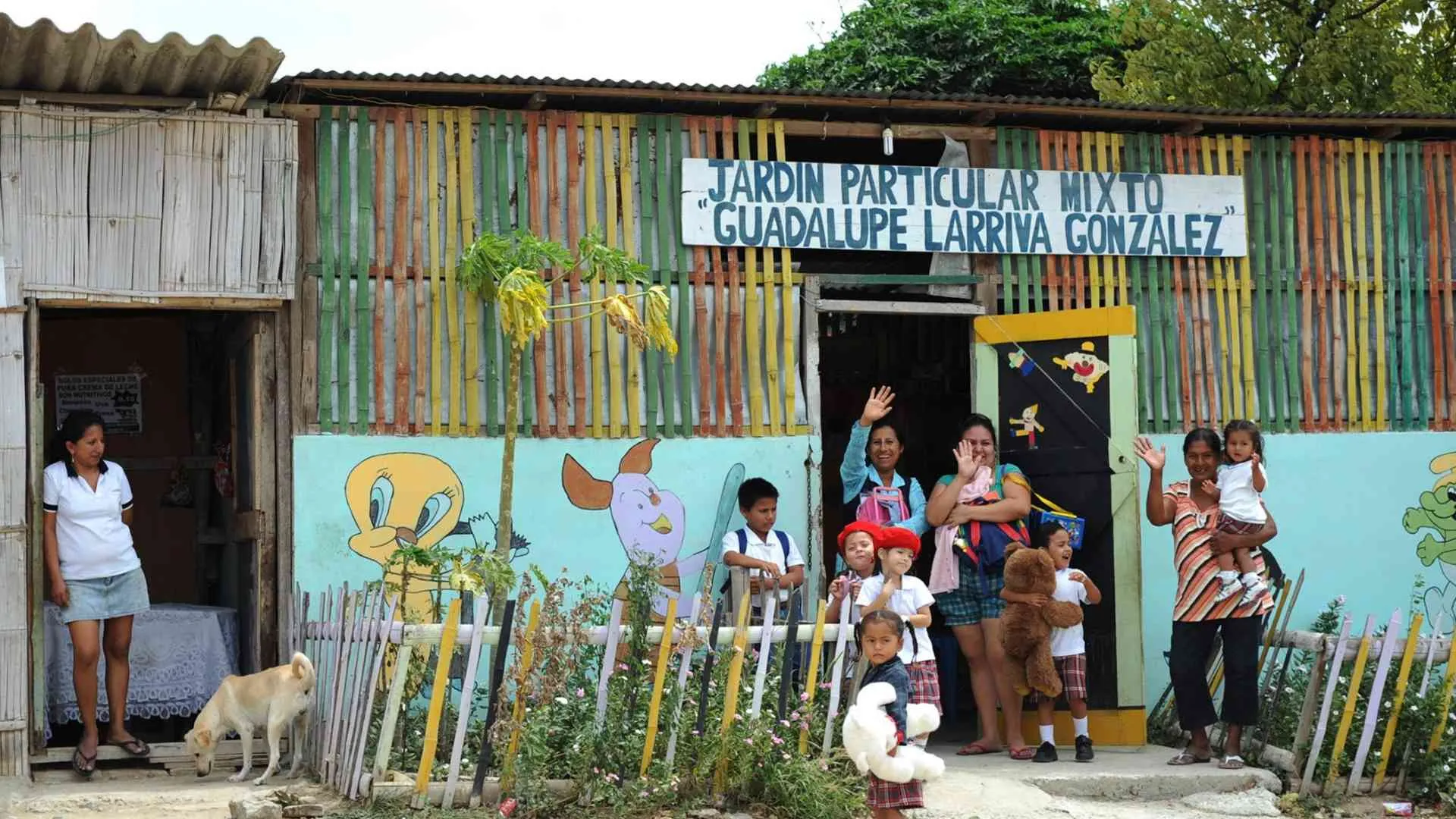
Accommodation in Manta, Ecuador
When it comes to finding a place to rest your head in Manta, Ecuador, travelers are spoilt for choice. From lavish ocean-view resorts to cozy hostels, there’s an option for every budget and preference.
Let’s dive into the different types of accommodations available in this coastal paradise.
Luxury Hotels and Resorts
Manta is home to some breathtaking luxury accommodations that promise more than just a comfortable stay. These establishments often come with sea views, spa facilities, gourmet dining, and top-notch service.
Notable Picks:
- Ocean Blue Luxury Resort: Perfect for those looking to pamper themselves with beachside pools, exquisite dining options, and serene spa treatments.
- Manta Bay Hotel: Known for its stunning rooftop views of the Pacific and impeccable service.
Mid-range Hotels and Lodgings
Travelers seeking comfort without breaking the bank will find plenty of mid-range options in Manta. These hotels often combine modern amenities with local charm, ensuring a delightful stay.
Top Choices:
- Hotel Los Almendros: Located in the heart of the city, it offers comfortable rooms and a taste of local cuisine at its in-house restaurant.
- Balandra Hotel: A favorite among repeat visitors for its warm ambiance, ocean views, and proximity to major attractions.
Budget Stays and Hostels
Backpackers and those traveling on a tight budget can rejoice, as Manta, Ecuador offers a range of affordable accommodations. From dormitory-style hostels to private budget rooms, there’s something for everyone.
Popular Options:
- Hostel Cóndor: A backpacker’s haven with a friendly vibe, shared kitchen facilities, and organized beach excursions.
- La Casa del Faro: Known for its artsy decor, it’s a budget-friendly choice with a terrace overlooking the ocean.
Local Homestays and Unique Experiences
For travelers keen on immersing themselves in Manta’s culture, opting for a local homestay can be a transformative experience. Stay with a local family, partake in their daily routines, and relish homemade Ecuadorian meals.
Tips for Homestays:
- Communication: While Spanish is the primary language, many families have members who speak basic English. However, carrying a translation app or phrasebook can enhance the experience.
- Gifts: It’s a kind gesture to bring a small gift as a token of appreciation for your hosts.
Choosing the right accommodation can set the tone for your Manta experience. Whether you’re looking to splurge on luxury, find a cozy mid-range spot, or immerse yourself in local life, Manta, Ecuador has got you covered.
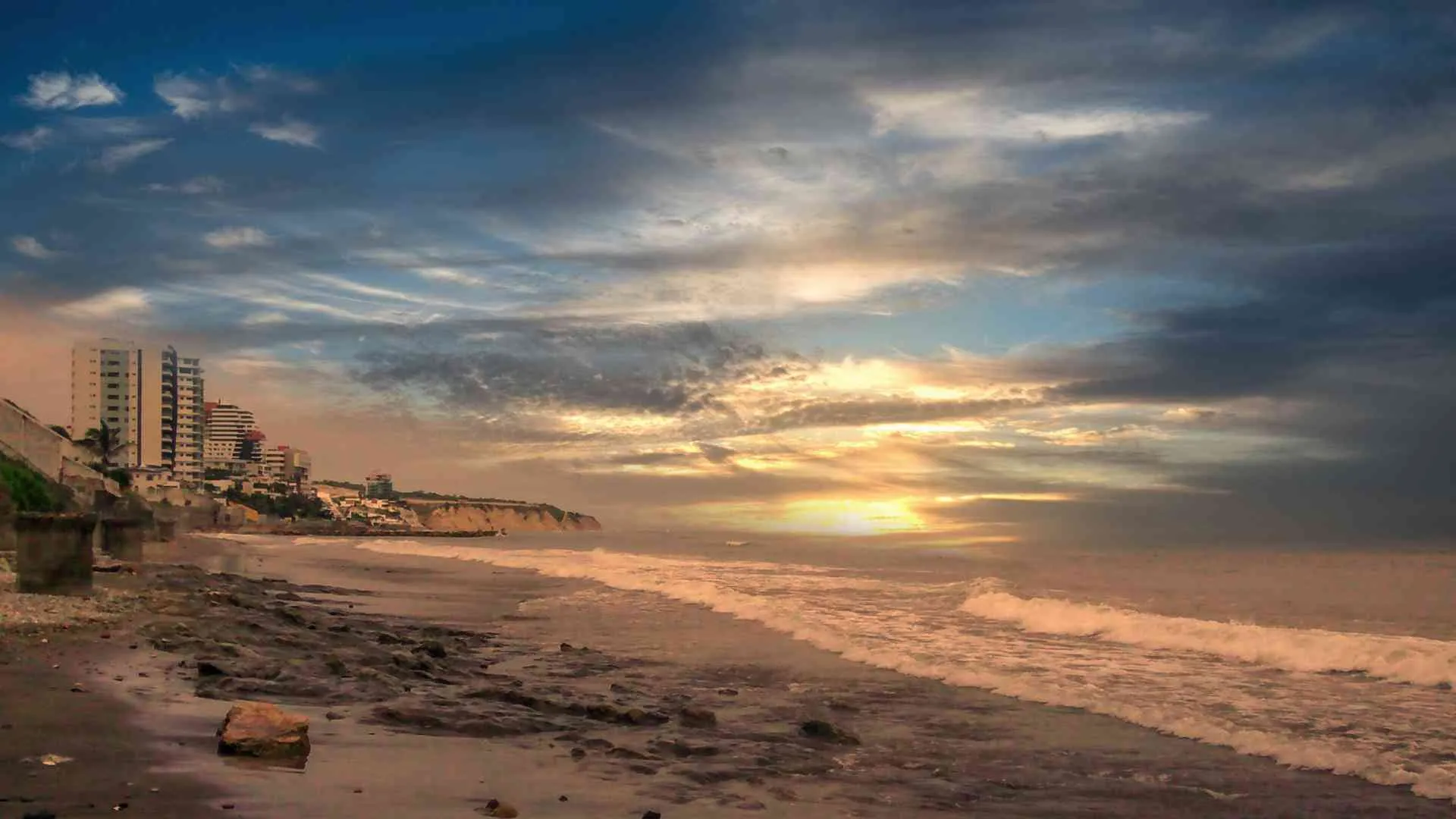
Food & Dining in Manta, Ecuador
Manta’s coastal location means one thing: a seafood lover’s paradise! But beyond the fresh catch of the day, Manta, Ecuador offers a diverse culinary scene that caters to all palates. Let’s embark on a culinary journey through this vibrant city.
Traditional Dishes to Try
The rich cultural heritage of Manta translates into its dishes, with flavors that are both unique and irresistible.
Ceviche
A popular dish not just in Manta but all over Ecuador. Made from fresh seafood cured in citrus juices, mixed with red onions, tomatoes, and cilantro, it’s a refreshing delight, especially on a hot day.
Pargo Rojo
This is a whole red snapper dish, seasoned to perfection and typically grilled or fried. It’s often served with a side of plantains or rice.
Encebollado
A hearty fish stew made with yucca, red onions, and seasoned with spices. Perfect for breakfast or lunch, this dish is known to be a hangover cure among locals!
Best Local Restaurants and Eateries
Manta boasts a range of eateries, from upscale restaurants to family-run establishments that serve delicious local fare.
Restaurante Las Velas
Overlooking the ocean, this restaurant is famed for its seafood dishes, especially the lobster and shrimp ceviche.
An authentic Ecuadorian dining experience awaits here with a vast menu showcasing local delicacies.
Street Food Recommendations
No trip to Manta, Ecuador is complete without indulging in its vibrant street food scene.
Empanadas de Viento
These are fluffy, deep-fried pastries filled with cheese. As they puff up during frying, they get their name – “wind empanadas.”
Bollos
Steamed rolls made from corn or yucca, often stuffed with fish or cheese, and wrapped in banana leaves.
Vegetarian and Vegan Options
While seafood dominates the menu in Manta, there are still options for those on plant-based diets.
Café Verde
A haven for vegetarians and vegans, this café offers an array of organic, plant-based dishes ranging from salads to hearty main courses.
Local Drinks and Beverages
Canelazo
A warm alcoholic beverage made from aguardiente (sugar cane alcohol), cinnamon, and sugar. It’s both comforting and packs a punch.
Chicha
A fermented or non-fermented drink made from maize or yucca. It’s a traditional beverage with many regional variations.
From the fresh tang of ceviche by the beach to the warmth of canelazo in a cozy eatery, Manta offers a gastronomic journey that tantalizes the senses. So, ready your taste buds for an unforgettable culinary adventure in Manta, Ecuador!
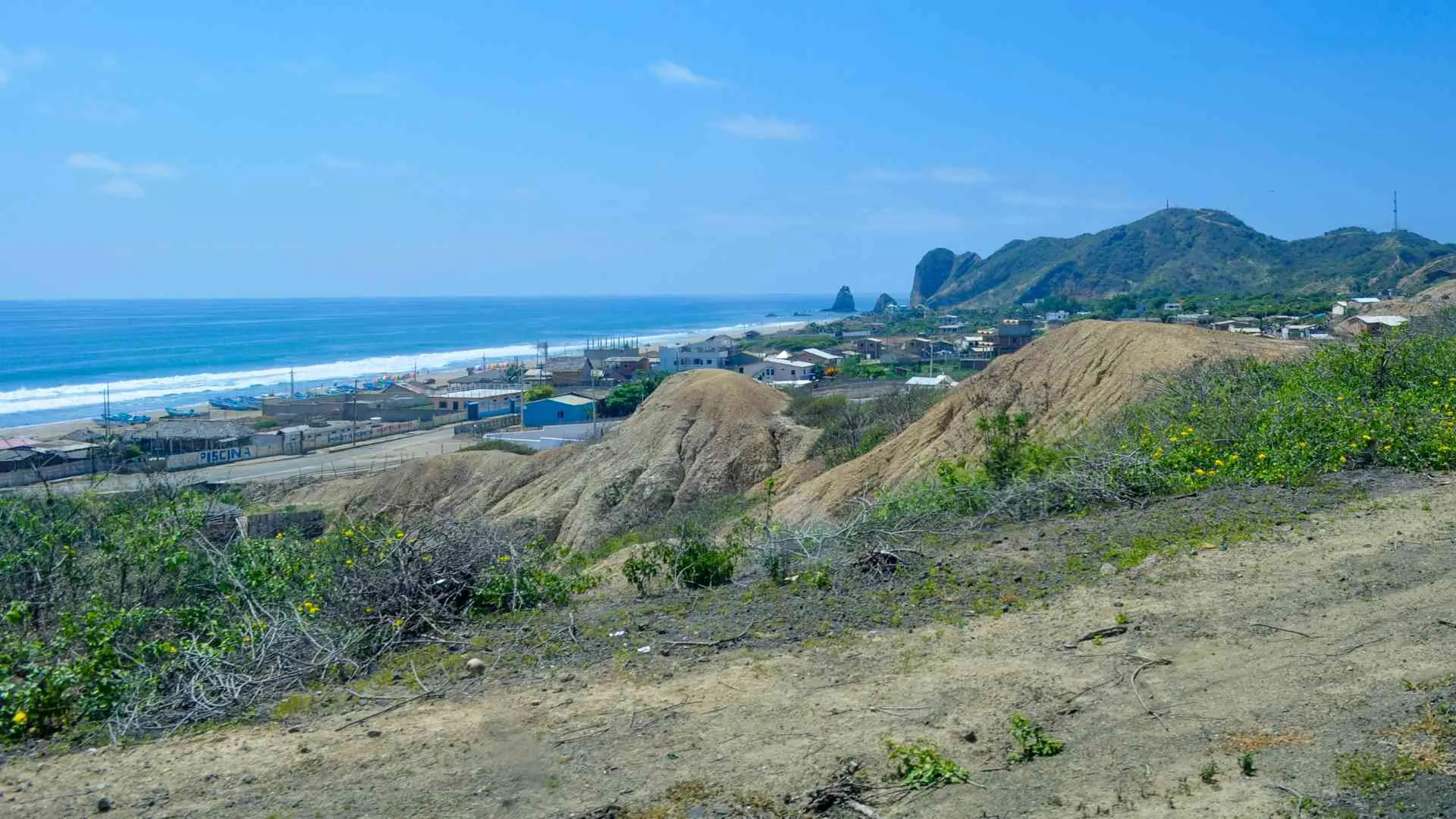
Attractions & Activities in Manta, Ecuador
Manta’s charm lies not only in its pristine beaches and delicious cuisine but also in its plethora of attractions and activities that cater to all kinds of travelers.
Whether you’re an adventure junkie, a history enthusiast, or someone looking to relax by the beach, Manta, Ecuador has something special in store for you.
Beaches
The city’s coastline is its most significant draw, offering a mix of bustling beaches and serene spots.
Playa Murciélago
Manta’s main beach, perfect for sunbathing, people-watching, and trying out the local beachside eateries. Surfing and jet-skiing are also popular activities here.
Playa Santa Marianita
Located a short drive away, this beach is a haven for kite surfers. Its long stretch of golden sand and consistent winds make it an adventure lover’s dream.
Museums and Cultural Centers
Immerse yourself in Manta’s history and vibrant culture through its various museums and cultural spots.
Museo del Banco Central
This museum offers a deep dive into the region’s archaeological and cultural history, showcasing artifacts from pre-Columbian times.
Manabí Craft Market
A must-visit for those interested in local crafts, from Panama hats to handmade jewelry and pottery.
Local Markets and Shopping Areas
For those looking to indulge in some retail therapy or simply experience the local market culture, Manta doesn’t disappoint.
Mercado Central
A bustling market where you can find everything from fresh produce to local handicrafts. A sensory overload, it’s the perfect place to experience local life and even snag a bargain.
Adventure Activities
Manta’s natural landscapes provide ample opportunities for adrenaline-pumping activities.
Surfing & Paragliding
While Playa Santa Marianita is popular for kite surfing, other beaches around Manta offer regular surfing opportunities. The cliffs around the city are also great launching spots for paragliding, providing breathtaking views of the coastline.
Deep-Sea Fishing
Given Manta’s rich marine life, charters offer deep-sea fishing excursions where you can reel in marlins, tunas, and more.
Nightlife and Entertainment Options
As the sun sets, Manta comes alive with a variety of entertainment options.
Malecón Escénico
This seaside promenade is lined with bars, clubs, and restaurants. Whether you’re in the mood for live music, dancing, or just a quiet evening by the sea, there’s something for everyone here.
Exploring Manta, Ecuador goes beyond its beaches. From cultural excursions to adrenaline-filled adventures and laid-back evenings, the city ensures that every traveler leaves with cherished memories and experiences.
Dive into the vibrant life of Manta and let it leave an indelible mark on your heart.
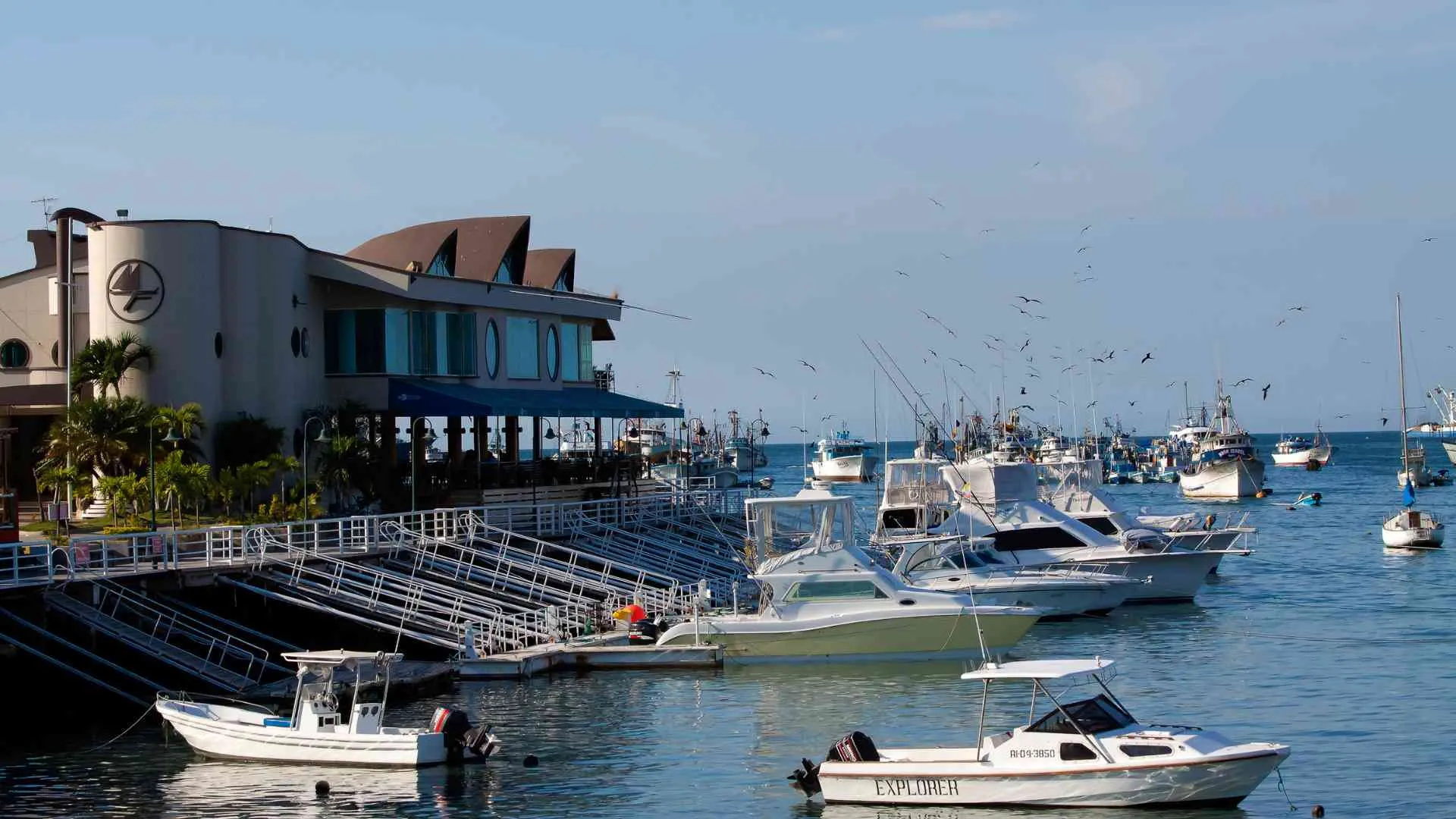
Culture & Local Experiences in Manta, Ecuador
Delve deeper into Manta’s soul, and you’ll discover a tapestry of rich traditions, age-old customs, and vibrant festivals that make this coastal city a cultural powerhouse.
Engaging with the locals, participating in their customs, or simply observing the daily rhythms of life in Manta, Ecuador can provide travelers with authentic experiences that last a lifetime.
Local Festivals and Celebrations
Festivals are the heartbeats of Manta, reflecting its rich cultural and historical heritage.
Fiesta del Mar
Held annually, this festival celebrates Manta’s maritime roots with boat races, seafood fairs, and lively music, encapsulating the city’s love for the sea.
Like many Latin American countries, Manta celebrates Carnaval with grand parades, water fights, and dance performances, turning the city into a riot of colors and sounds.
Traditional Arts and Music
Manta’s artistic and musical traditions are a reflection of its diverse cultural influences.
Montubio Music
A unique blend of indigenous and African rhythms, Montubio music is a true representation of coastal Ecuador. Locals often gather in communal areas for spontaneous dance sessions to these lively beats.
Panama Hats
Contrary to their name, these iconic hats are woven in Ecuador. Manta boasts several artisans who have mastered this craft, and visitors can witness the intricate weaving process and even purchase a hat as a keepsake.
Cultural Etiquette and Tips
Engaging with locals and understanding their customs can lead to a more enriching travel experience.
Greetings
A simple “Hola” (Hello) or “Buenos días” (Good morning) goes a long way. Physical greetings often involve a handshake and a pat on the back between men, while women might greet with a kiss on the cheek.
Dress Code
While Manta is relatively liberal, it’s respectful to dress modestly when visiting religious or cultural sites.
Local Workshops and Classes
Immersing oneself in the local culture often involves learning a new skill or craft.
Cooking Classes
Several local establishments offer cooking classes, teaching travelers to whip up traditional dishes like ceviche or encebollado.
Artisan Workshops
From pottery to traditional weaving, visitors can join workshops to learn more about Manta’s artisanal crafts, often taking home a self-made souvenir.
Manta, Ecuador isn’t just about its physical attractions; it’s about the soulful experiences that tug at one’s heartstrings.
By engaging with its cultural tapestry, travelers can form connections that make their journey memorable and truly transformative. So, when in Manta, listen to its stories, dance to its rhythms, and let its spirit envelop you.
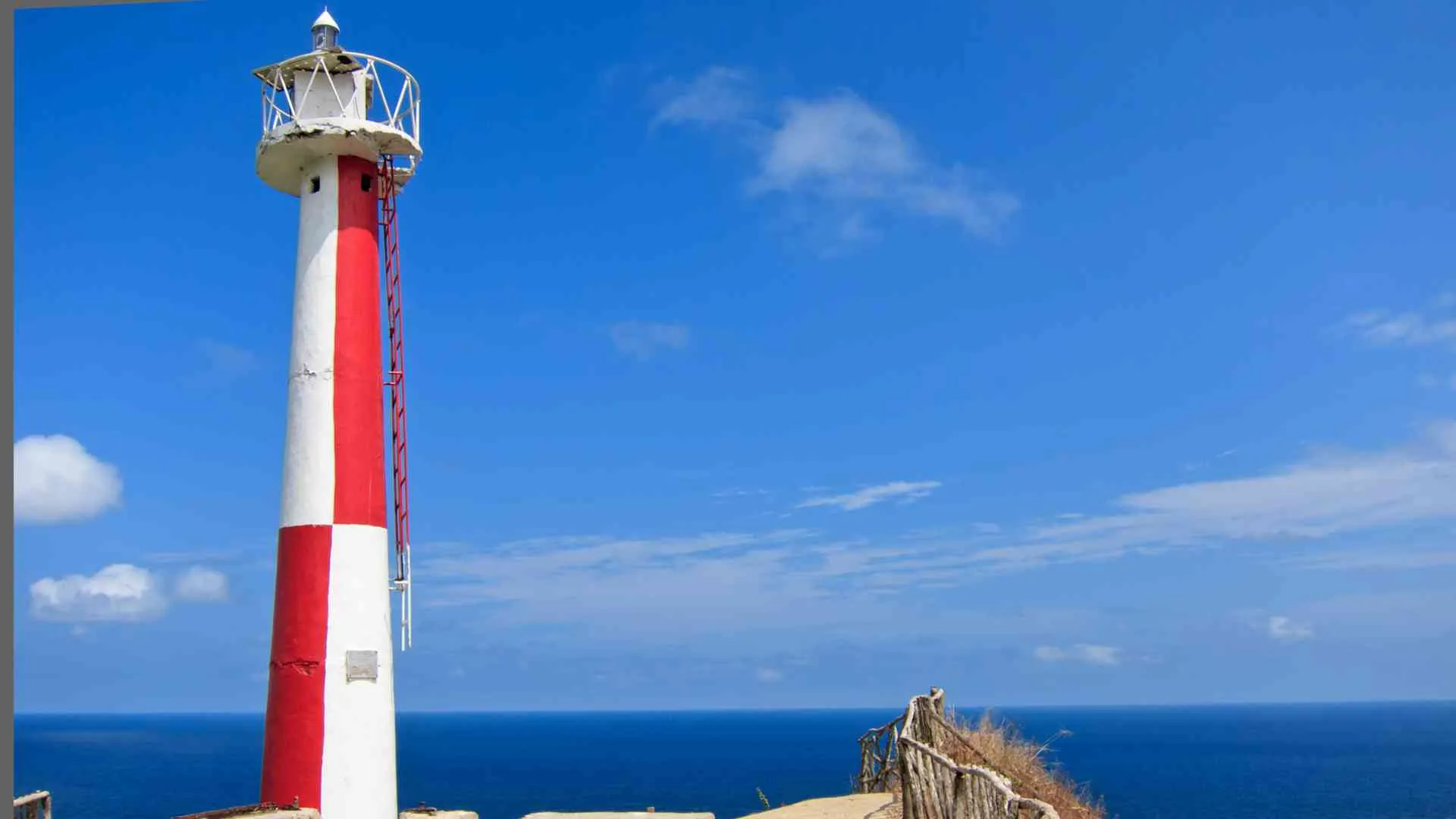
Day Trips & Nearby Excursions from Manta, Ecuador
Manta’s strategic location along Ecuador’s coast positions it as a gateway to a plethora of attractions, both within the province of Manabí and beyond.
From tropical forests and archaeological sites to other coastal gems, there’s a world waiting to be explored just a short drive away.
Isla de la Plata
Often referred to as the “Poor Man’s Galápagos,” this island offers an affordable alternative to the famed Galápagos Islands.
Wildlife Viewing
Home to blue-footed boobies, frigatebirds, and other marine birds, it’s a paradise for nature enthusiasts. Depending on the season, you might even spot humpback whales breaching off the coast.
Snorkeling & Diving
The clear waters surrounding the island are teeming with marine life, offering excellent snorkeling and diving opportunities.
Pacoche Wildlife Refuge
Located just a short drive from Manta, this lush forest reserve is a haven for biodiversity.
Nature Trails
Several well-marked trails lead visitors through the dense foliage, providing glimpses of howler monkeys, birds, and other wildlife.
Cultural Insights
The reserve often organizes cultural experiences with local communities, allowing visitors to learn about their customs and traditional knowledge of the forest.
Montecristi
Famous as the birthplace of the Panama Hat, this town offers a blend of history and craftsmanship.
Hat Workshops
Witness the intricate process of weaving the renowned Panama Hat and interact with the master artisans.
Montecristi Historical Center
Stroll through the town’s historic center, dotted with charming colonial buildings and the monumental Montecristi Church.
Agua Blanca Community
Located within the Machalilla National Park, this indigenous community offers a mix of nature and culture.
Sulfur Lagoon
A natural lagoon believed to have therapeutic properties. Visitors can take a refreshing dip and experience its rejuvenating effects.
Community Interaction
Learn about the age-old traditions of the Agua Blanca people, their customs, and their close relationship with nature.
The surroundings of Manta, Ecuador, open up a world of possibilities for travelers looking to delve deeper into the region’s natural beauty and cultural richness.
Each excursion offers a unique experience, ensuring that visitors return with a treasure trove of memories and stories to tell. Whether you’re after nature, history, or cultural immersion, the areas around Manta promise enriching adventures just a stone’s throw away.
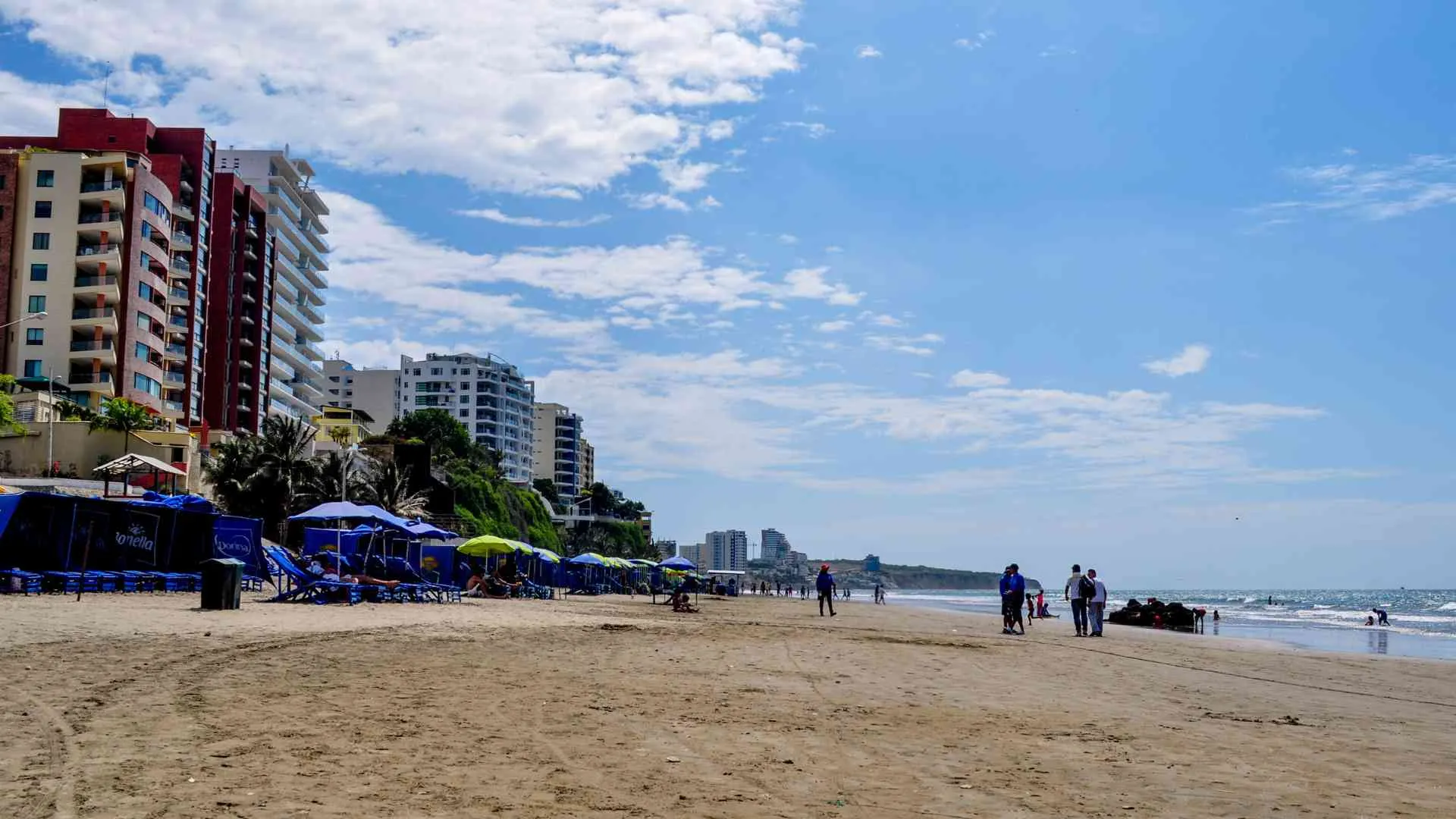
Travel Tips & Essentials for Manta, Ecuador
Every travel destination comes with its own set of nuances, and Manta, Ecuador is no different. To ensure a smooth and memorable journey, it’s crucial to arm yourself with practical tips and essential information.
From currency details to local customs, this section aims to prepare you for a hassle-free adventure in Manta.
Currency & Payment Methods
The official currency of Ecuador is the US Dollar. It’s handy to have both cash and cards during your trip.
ATMs
Most ATMs in Manta accept international cards. However, it’s advisable to withdraw cash in the city before heading to more remote areas.
Tipping
Tipping is customary, especially in restaurants. A tip of 10% is standard for good service, though it’s not mandatory.
Safety & Health
While Manta is relatively safe, it’s essential to be cautious, especially in crowded areas.
Water
It’s advisable to drink bottled water. Avoid consuming tap water unless it has been boiled or purified.
Vaccinations
Check with your local health department for any recommended or required vaccinations before traveling.
Transportation
Manta offers various transportation options suitable for different types of travelers.
Local Buses
An economical way to get around the city, but be prepared for a crowded experience during peak hours.
Taxis
They are readily available and relatively inexpensive. Ensure the driver uses the meter or agree on a fare beforehand.
Connectivity
Staying connected in Manta is relatively easy, thanks to its developed infrastructure.
SIM Cards
Local SIM cards are available for purchase at the airport or in the city. They offer good data and call packages for tourists.
Wi-Fi
Most hotels, restaurants, and cafes in Manta offer free Wi-Fi. However, the connection may vary in speed and reliability.
Packing Essentials
Manta’s coastal climate requires some specific packing considerations.
Sun Protection
Given its equatorial location, the sun in Manta can be intense. Pack sunblock, hats, and sunglasses.
Light Clothing
Due to its tropical climate, lightweight and breathable clothes are ideal. Don’t forget your swimwear!
Adapter
Ecuador uses the 120V voltage and the Type A and B sockets. It’s a good idea to carry a universal adapter.
Visiting Manta, Ecuador, is an experience filled with wonder and excitement. However, being prepared can make your trip even more enjoyable.
With these travel tips and essentials in hand, you’re all set to explore Manta with confidence and ease. Dive into the city’s offerings, knowing you’re equipped for a memorable journey!
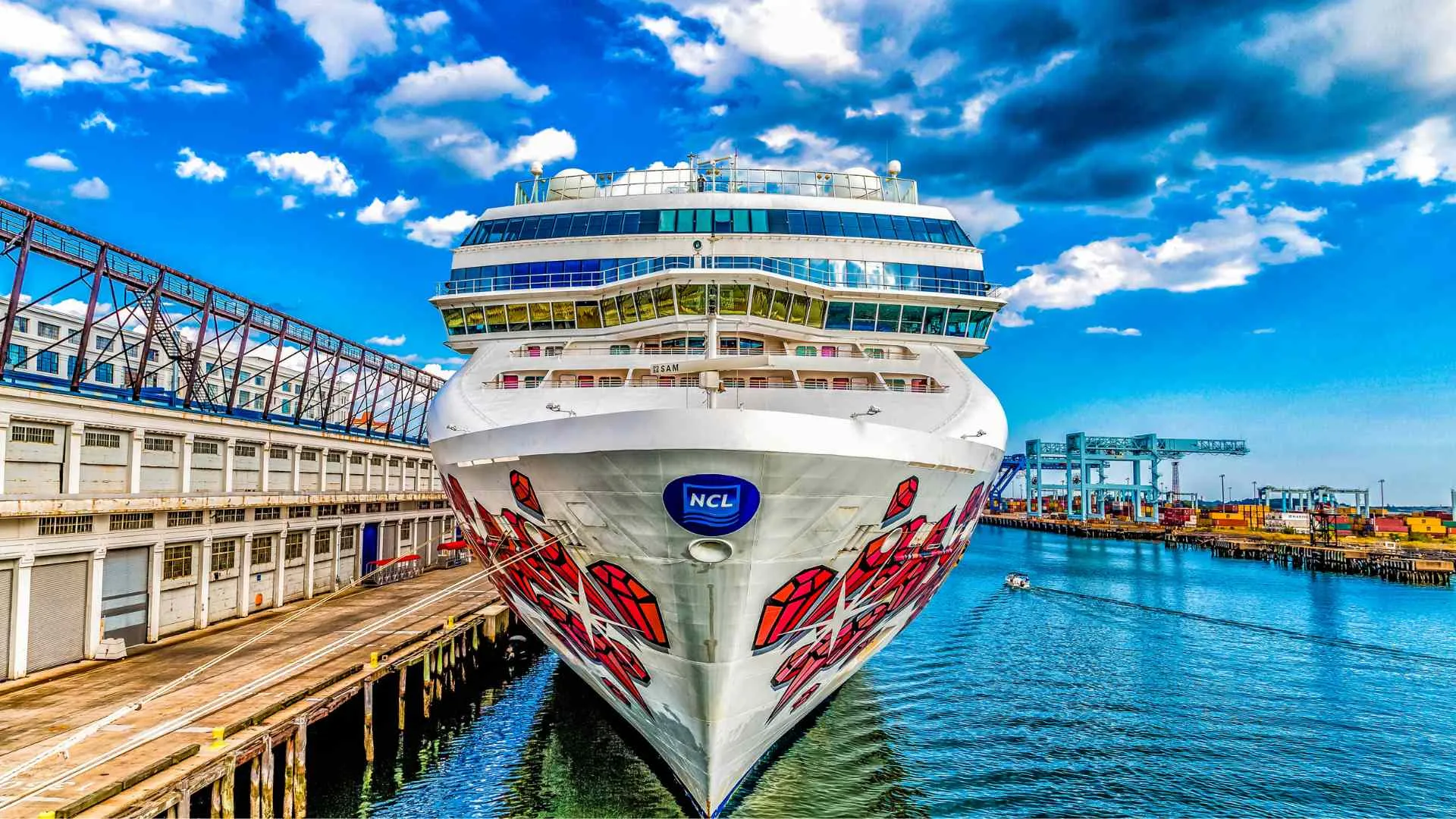
Manta Cruise Port
Manta is not just a popular tourist destination but also a significant port of call for many cruise lines navigating the Pacific coast of South America.
If you’re hopping off a cruise ship for a day or two in Manta, you’ll want to maximize your time. Here’s a guide to navigating the Manta cruise port and making the most of your short stay.
Upon docking, you’ll be greeted by the bustling activity of one of the largest seaports in Ecuador.
Location & Accessibility
Manta’s cruise terminal is conveniently located close to the city center. It’s a short taxi ride or even a walk away from many of the city’s main attractions.
Facilities
The cruise terminal offers several facilities, including currency exchange counters, tourist information booths, local artisan stalls, and more.
Transportation
While taxis are readily available outside the terminal, it’s recommended to agree on a fare before heading to your destination. Alternatively, some cruise lines may offer shuttle services to key areas.
Recommended Excursions for Cruise Travelers
Given the limited time cruise travelers might have, it’s crucial to pick excursions that offer a snapshot of Manta’s essence.
City Highlights Tour
An organized tour that takes you through Manta’s key attractions, such as the Playa Murciélago, Malecón Escénico, and local markets, offering a glimpse into the city’s life.
Montecristi Day Trip
A short drive away, Montecristi is the birthplace of the Panama Hat. Here, you can watch artisans at work and explore the town’s historical center.
Isla de la Plata Expedition
If your cruise stop allows enough time, this “Poor Man’s Galápagos” is a must-visit. Enjoy wildlife watching, snorkeling, and breathtaking natural scenery.
Pacoche Wildlife Refuge
For nature enthusiasts, a guided trek through the Pacoche forest offers encounters with diverse wildlife and a chance to experience Ecuador’s rich biodiversity.
Local Cuisine Sampling
When time is of the essence, a gastronomic tour can be an excellent way to experience a place. Sample local dishes like ceviche, bollos, and corviche at popular local eateries.
A stopover in Manta, Ecuador, during a cruise journey can be both exhilarating and overwhelming. With the right logistics and carefully picked excursions, cruise travelers can get a taste of what this vibrant coastal city has to offer.
Whether it’s exploring the city’s landmarks, diving into its rich culture, or savoring its delectable cuisine, Manta promises an unforgettable experience for every traveler docking its shores.
Wrapping Up Your Manta Adventure
Manta, Ecuador, is more than just a coastal city; it’s a tapestry of vibrant cultures, gastronomic delights, natural wonders, and warm-hearted locals.
Whether you’re diving deep into its azure waters, tasting the flavors of its streets, or dancing to its rhythmic beats, Manta offers a mosaic of experiences waiting to be unearthed.
As you conclude your journey, remember that the memories you’ve crafted here aren’t just about the places you’ve seen but the stories you’ve woven and the connections you’ve forged. Here’s to many more adventures, and hopefully, many more returns to the captivating embrace of Manta!
FAQs on Manta, Ecuador
Navigating a new destination comes with a plethora of questions. To make your trip to Manta, Ecuador smoother, we’ve compiled some of the most frequently asked questions and their answers.
1. What’s the best time to visit Manta?
The ideal time to visit Manta is during its dry season, which runs from June to December. However, its equatorial location ensures a pleasant climate year-round, making any time suitable for a visit.
2. Is Manta safe for tourists?
Yes, Manta is relatively safe for tourists. Like any other city, it’s essential to exercise standard safety precautions, especially in crowded areas or during nighttime.
3. Can I use my credit card in Manta?
Major hotels, restaurants, and stores in Manta accept credit cards. However, for local markets and smaller establishments, it’s a good idea to carry cash.
4. Is English widely spoken in Manta?
Spanish is the primary language in Manta. While you’ll find English speakers in tourist-centric areas, it’s beneficial to know basic Spanish phrases for smoother communication.
5. What local dishes should I try in Manta?
Don’t miss out on local favorites like ceviche, encebollado (fish soup), bollos (steamed corn dough filled with meat or fish), and corviche (fried corn dough with fish).
6. Are there direct flights to Manta?
Manta’s Eloy Alfaro International Airport welcomes domestic flights from Quito and Guayaquil. International travelers typically land in one of these cities and take a connecting flight or bus to Manta.
7. What’s the time zone in Manta, Ecuador?
Manta operates on Ecuador Time (ECT), which is the same as Eastern Standard Time (EST).
8. Do I need a visa to visit Manta if I’m not from Ecuador?
Ecuador has a lenient visa policy, allowing citizens of many countries to visit for up to 90 days without a visa. However, it’s recommended to check the latest visa requirements based on your nationality before traveling.
9. Is Manta suitable for family vacations?
Absolutely! With its diverse attractions, from beaches to cultural experiences, Manta is an excellent destination for families looking for adventure and relaxation.
10. Can I buy a Panama Hat in Manta?
Yes! While the Panama Hat originates from Montecristi, a nearby town, you’ll find numerous shops and stalls in Manta selling these iconic hats.
11. Is there reliable internet access in Manta?
Yes, Manta boasts a decent internet infrastructure. Many hotels, restaurants, and cafes offer Wi-Fi. For uninterrupted connectivity, consider purchasing a local SIM card with data.
12. What’s the local transportation like in Manta?
Manta has a range of transportation options, from local buses to taxis. Buses are economical, but taxis offer more convenience, especially for short distances or if you’re unfamiliar with bus routes.
13. Are there any local festivals or events I should be aware of?
Manta hosts several festivals throughout the year. The International Sea Festival, usually in July, celebrates Manta’s maritime heritage with parades, dance performances, and seafood galore. It’s a vibrant time to experience the city’s culture.
14. What kind of power outlets are used in Manta?
Manta, like the rest of Ecuador, uses Type A and B sockets with a standard voltage of 120V. Carrying a universal adapter can be handy.
15. Are there any specific local customs or etiquette I should be aware of?
Ecuadorians are warm and polite. A simple “hola” (hello) or “gracias” (thank you) can go a long way. When dining, it’s polite to keep your hands on the table (but not your elbows), and tipping for good service is customary.
16. How is the nightlife in Manta?
Manta has a lively nightlife, especially during weekends. From beachfront bars to nightclubs playing Latin beats, there’s something for every nocturnal traveler.
17. Is tap water safe to drink in Manta?
It’s recommended to stick to bottled water in Manta. While tap water might be treated, foreign travelers might not be accustomed to the local microbes.
18. What kind of wildlife can I see around Manta?
Apart from marine life like manta rays and whales (during the migration season), the surrounding areas, especially Pacoche Wildlife Refuge, are home to species like howler monkeys, various birds, and more.
19. Can I rent a car in Manta?
Yes, there are several car rental agencies in Manta. If you’re comfortable driving and want to explore the surroundings at your own pace, renting a car can be a good option. Just ensure you’re familiar with local driving rules.
20. Are there any local markets in Manta I should visit?
Absolutely! The Central Market is a must-visit, offering everything from fresh seafood and produce to crafts and clothes. It’s a sensory delight and provides a glimpse into local life.
